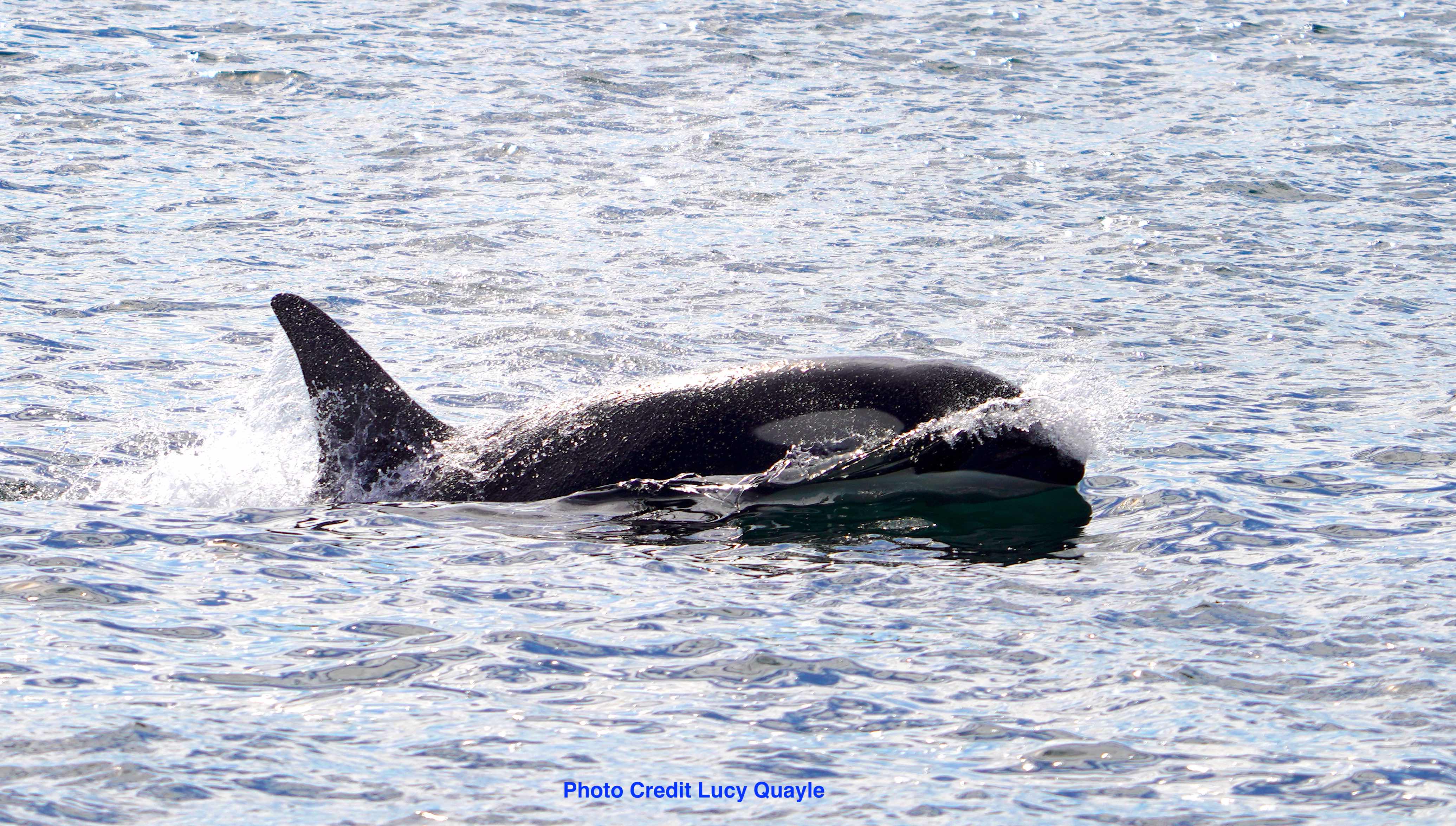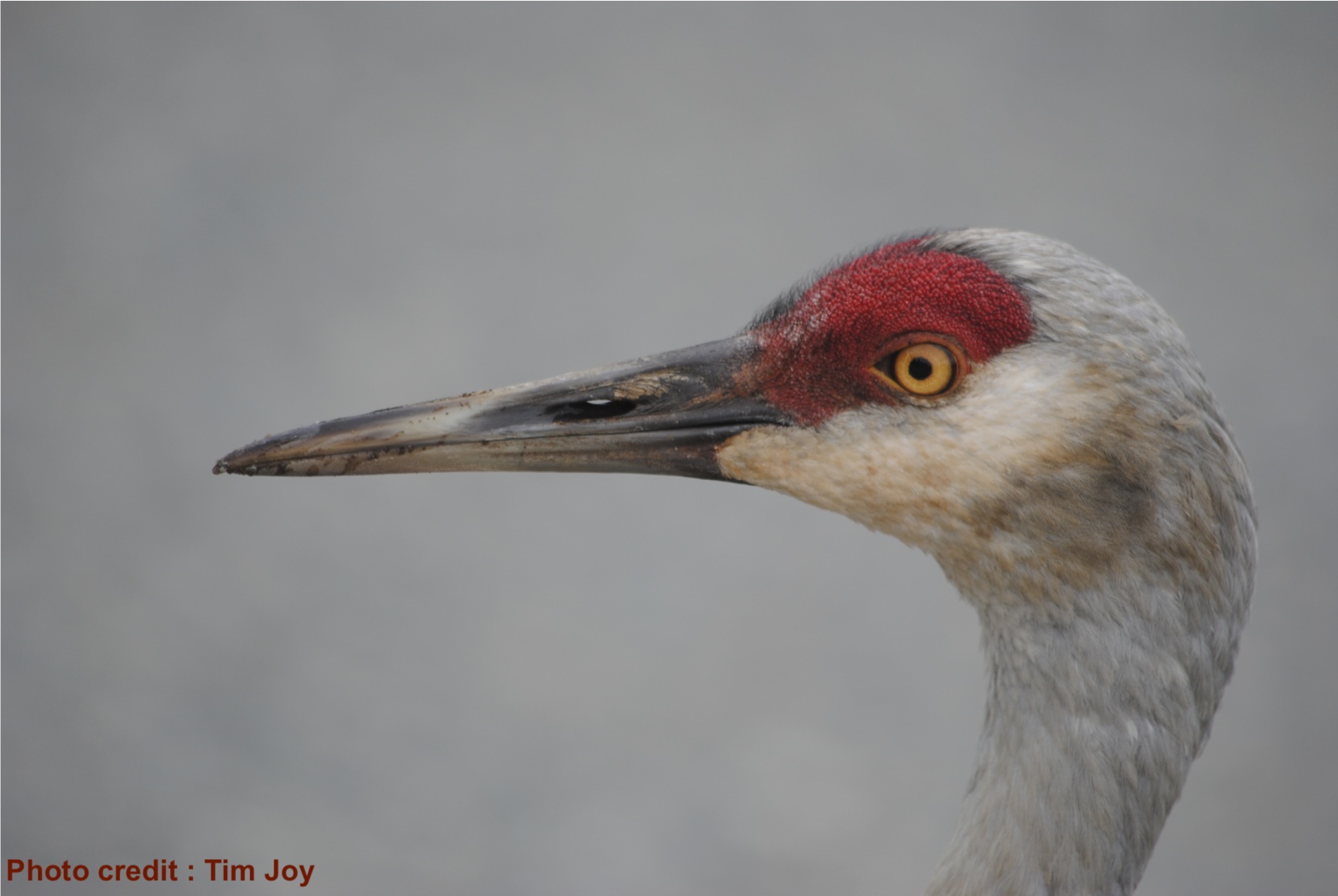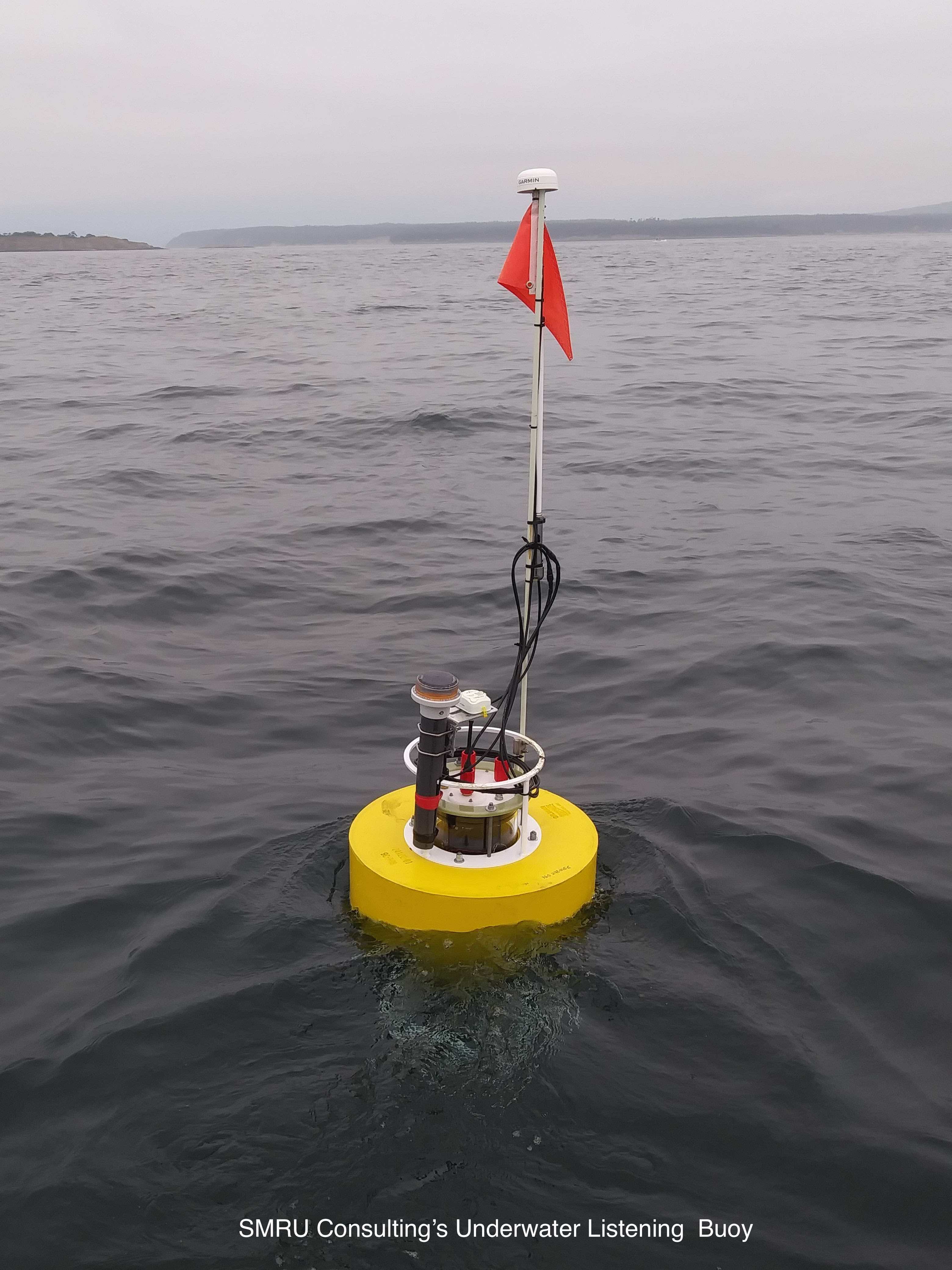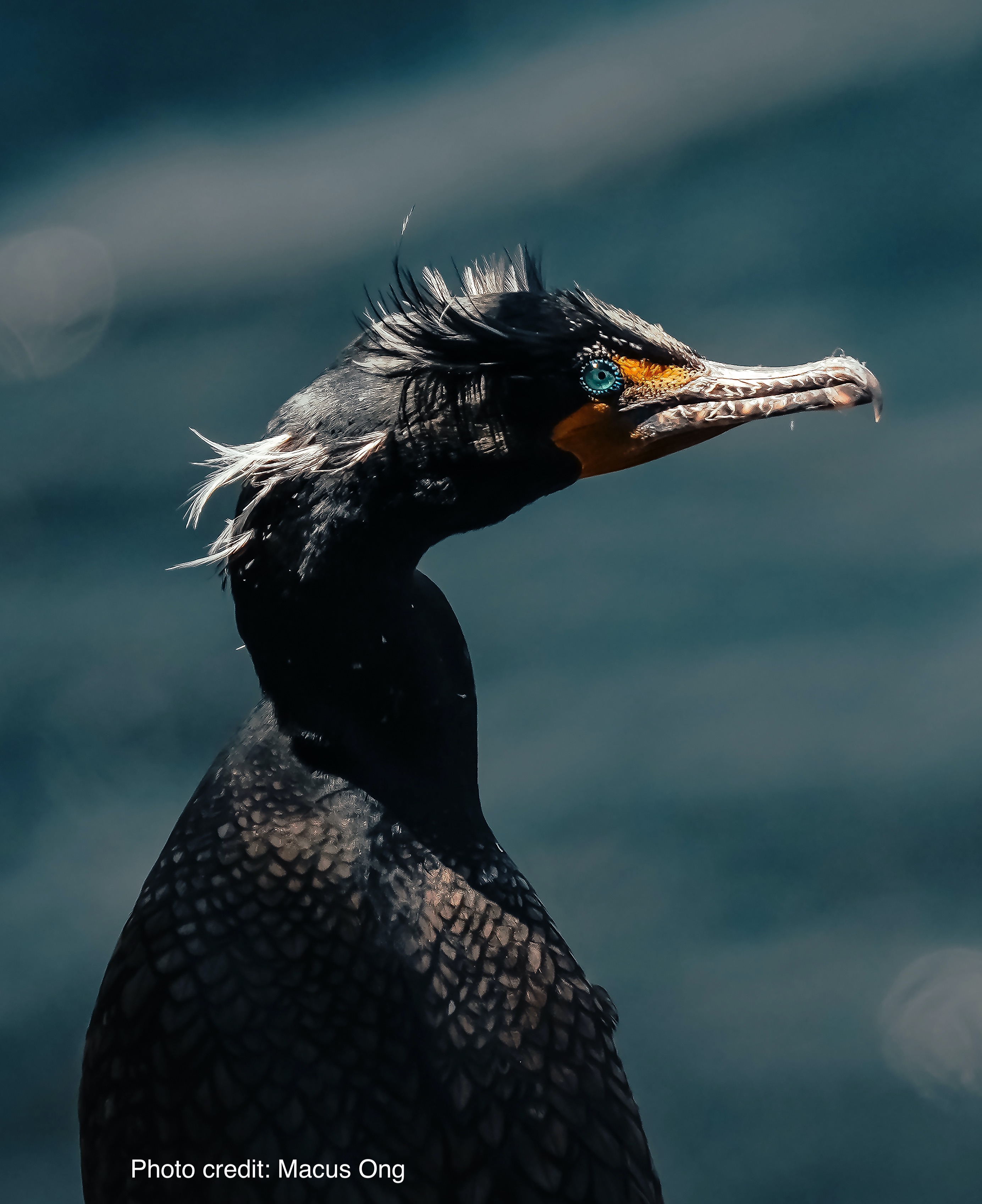Research Overview
My research focuses on developing and implementing novel statistical and mathematical methodologies for analyzing ecological data for conservation and restoration of habitat. In particular, my work focuses on hierarchical models fit in a Bayesian framework, using advanced Markov chain Monte Carlo sampling methods. Additionally, I develop non-linear, non-Gaussian state space models with Monte Carlo computational methods to understand animal movement. Movement of animals through terrestrial and marine ecosysterm naturally associates with spatio-temporal monitoring of populations and forecasting outcomes under stressors such as those from climate change and anthropogenic disturbance. A subset of the currents projects I am leading are described below.
Southern Resident Killer Whales
Southern Resident Killer Whales are an endangered population of whales. Part of the population's summer foraging range overlaps with the shipping lanes of the Salish Sea. This study aims to build a methodological framework for a 3-D stochastic movement model for whale pod locations based on auto-regressive dynamics and MCMC. The methods will form a component of a real-time ensemble prediction system for determining probable whale pathways by integrating opportunistic sightings and underwater acoustic data.
Project partners: Department of Fisheries and Oceans , SMRU Consulting, Jasco Applied Sciences , The Whale Museum, Ocean Wise , Mitacs.

Teaching In the News More Info SRKW Management
Coastal Sandhill Cranes
This project aims to elucidate the population genetic structure of cranes in the west, relative to similar genetic samples in other parts of the crane's range. The results will help to advise how best to conserve the genetic diversity of this species.
Project partners: National Geographic Society, Habitat Conservation Trust Fund , The Province of British Columbia, Pacific Wild.

Feathers In the News
HALLO? Humans and ALgorithms Listening for Orcas
Current use of underwater passive acoustic monitoring in risk management is limited due to the lack of quantitative methods and software tools that can reliably distinguish the sounds made by killer whales from other underwater sounds.The current industry standard for automated analysis of underwater sounds produces a high number of false detections of SRKW, and an unknown percentage of false negatives, particularly in regions of high commercial vessel traffic and ambient noise levels. Machine learning approaches are rapidly developing and provide a highly promising framework that could provide important information to better manage marine mammal species at risk including the Southern Resident Killer Whale. This work aims to develop a reliable classification algorithm to discriminate between whale ecotypes and species to help open the door to managing and mitigating risks and stressors in a near-real time context.
Project partners: Department of Fisheries and Oceans , SMRU Consulting, Jasco Applied Sciences,Carleton University, Meridian, BeamReach.

Listen to Southern Resident Killer Whales
Listen to Transient Killer Whales
Listen to Humpback Whales
S01
S36
S44
Double-crested Cormorants
More than a third of British Columbia's breeding Double-crested Cormorants nest on the Iron Worker's Memorial Bridge each year, yet this bridge is also a major infrastructure asset to the Provincial Ministry of Transportation. We study the breeding and foraging habits of these vulnerable (blue-listed) seabirds on bridges, sea cliffs and offshore rookeries. See updates on our Instagram @bc_cormorants .
Project partner: Environment and Climate Change Canada, Province of British Columbia.
2nd Narrows Bridge Zoom Nesting Visualisation